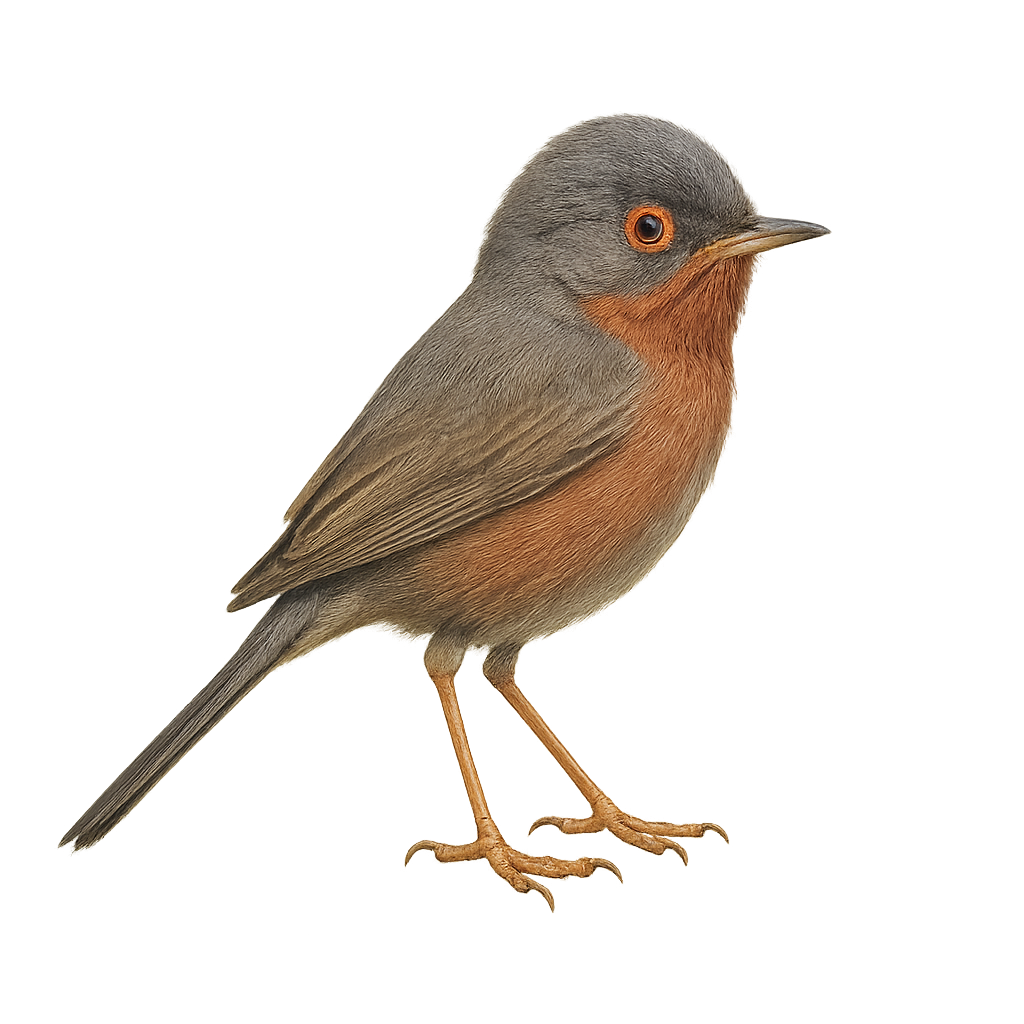Your wildlife photography guide.
Explore the alpine warbler in detail, study its behavior, prepare your shots.
Where to observe and photograph the alpine warbler in the wild
Learn where and when to spot the alpine warbler in the wild, how to identify the species based on distinctive features, and what natural environments it inhabits. The WildlifePhotographer app offers tailored photography tips that reflect the alpine warbler’s behavior, helping you capture better wildlife images. Explore the full species profile for key information including description, habitat, active periods, and approach techniques.
Alpine warbler
Scientific name: Curruca iberiae

IUCN Status: Least Concern
Family: SYLVIIDAE
Group: Birds
Sensitivity to human approach: Very shy
Minimum approach distance: 20 m
Courtship display: April to June
Incubation: 11-13 jours
Hatchings: April to June
Habitat:
Alpine heath, subalpine meadows and open coniferous woodland
Activity period :
Primarily active during the day, with peak activity in the morning and late afternoon.
Identification and description:
The alpine warbler is a small passerine of 12–13 cm with olive-brown, faintly streaked plumage and buff flanks. It inhabits alpine heath, subalpine meadows and open coniferous woodland. It feeds mainly on insects and spiders captured in vegetation. During breeding, males sing in flight or from elevated perches to attract females.
Recommended lens:
500 mm – adjust based on distance, desired framing (portrait or habitat), and approach conditions.
Photography tips:
Set up at the edge of alpine scrub, near larch clusters, and wait quietly for the male to sing from a rock perch. Shoot early morning for raking light, using a low angle to isolate the bird against the sky.
The WildlifePhotographer App is coming soon!
Be the first to explore the best nature spots, track rutting seasons, log your observations, and observe more wildlife.
Already 1 439 wildlife lovers subscribed worldwide

